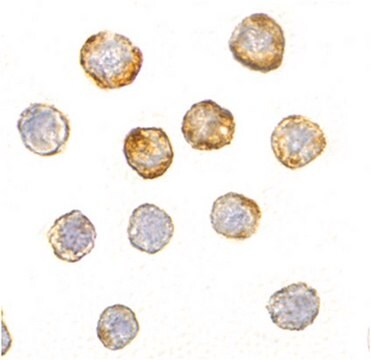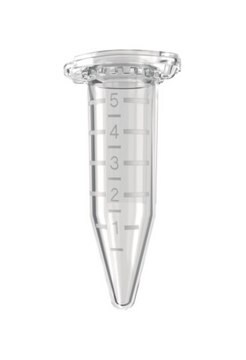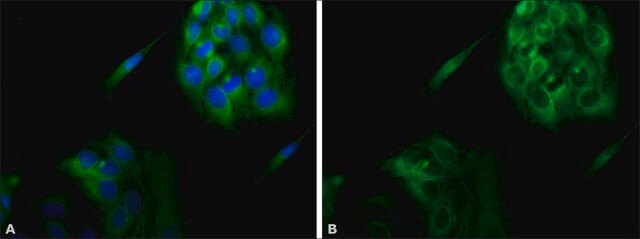ABN469
Anti-DISC1 Antibody
from rabbit, purified by affinity chromatography
Synonyme(s) :
DISC1 Antibody, Disrupted in schizophrenia 1 protein, KIAA0457
About This Item
Produits recommandés
Source biologique
rabbit
Niveau de qualité
Forme d'anticorps
affinity isolated antibody
Type de produit anticorps
primary antibodies
Clone
polyclonal
Produit purifié par
affinity chromatography
Espèces réactives
mouse
Réactivité de l'espèce (prédite par homologie)
human (based on 100% sequence homology)
Technique(s)
western blot: suitable
Numéro d'accès UniProt
Conditions d'expédition
wet ice
Modification post-traductionnelle de la cible
unmodified
Informations sur le gène
human ... DISC1(27185)
Description générale
DICS1 is highly expressed in the dentate gyrus of the hippocampus. It is also expressed in the temporal and parahippocampal cortices and cells of the white matter. Expression rises within the dentate gyrus and temporal cortex from the neonatal period to infancy, declines markedly in adolescence, and declines further with aging. Uniprot describes 8 isoforms ranging between ~37 kDa and ~94 kDa.
Spécificité
Immunogène
Application
Neuroscience
Developmental Neuroscience
Qualité
Western Blotting Analysis: 2 µg/mL of this antibody detected DISC1 in 15 µg of NIH/3T3 cell lysate.
Description de la cible
Forme physique
Stockage et stabilité
Remarque sur l'analyse
NIH/3T3 cell lysate
Autres remarques
Clause de non-responsabilité
Vous ne trouvez pas le bon produit ?
Essayez notre Outil de sélection de produits.
Code de la classe de stockage
10 - Combustible liquids
Classe de danger pour l'eau (WGK)
WGK 1
Certificats d'analyse (COA)
Recherchez un Certificats d'analyse (COA) en saisissant le numéro de lot du produit. Les numéros de lot figurent sur l'étiquette du produit après les mots "Lot" ou "Batch".
Déjà en possession de ce produit ?
Retrouvez la documentation relative aux produits que vous avez récemment achetés dans la Bibliothèque de documents.
Notre équipe de scientifiques dispose d'une expérience dans tous les secteurs de la recherche, notamment en sciences de la vie, science des matériaux, synthèse chimique, chromatographie, analyse et dans de nombreux autres domaines..
Contacter notre Service technique







